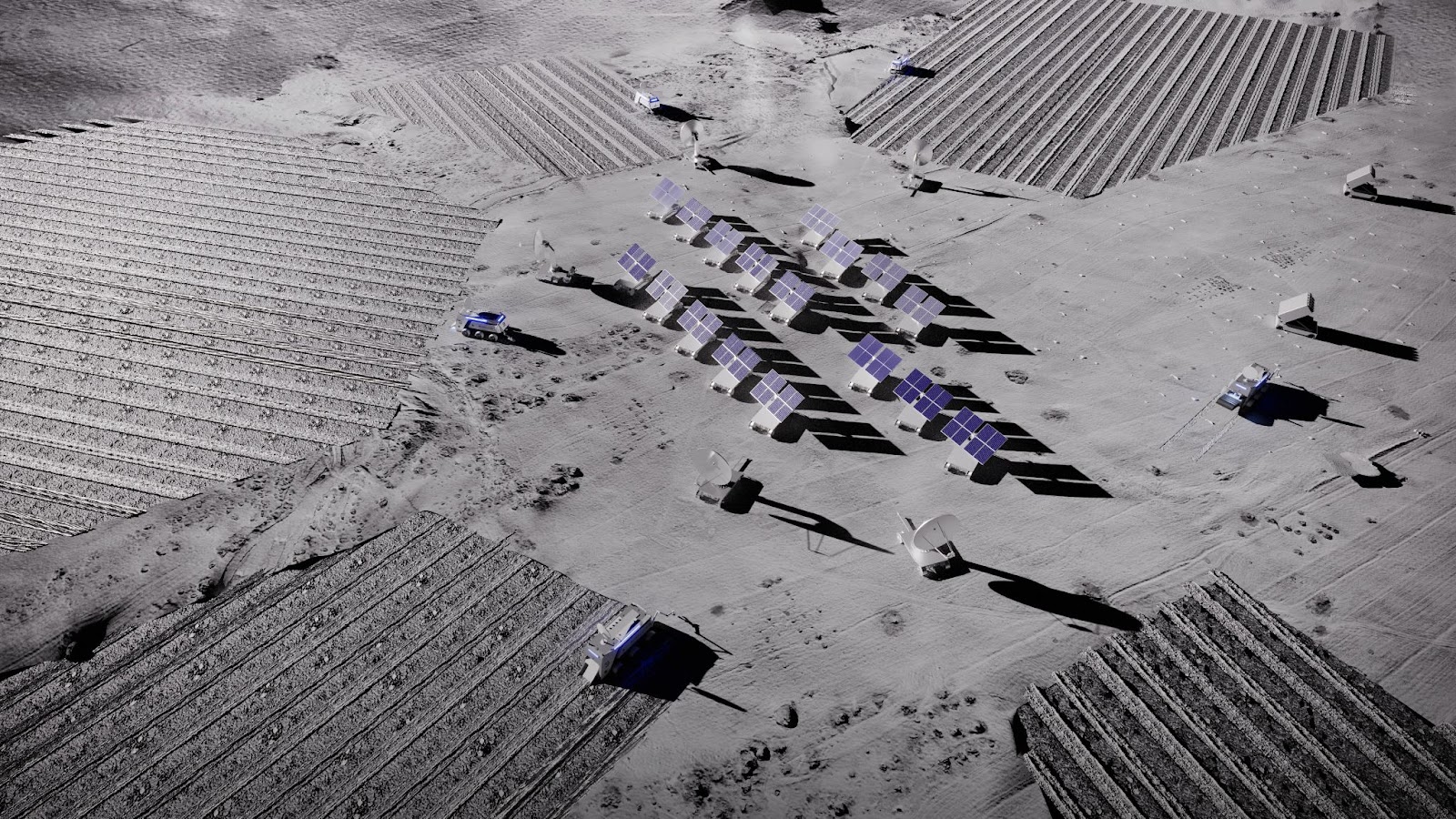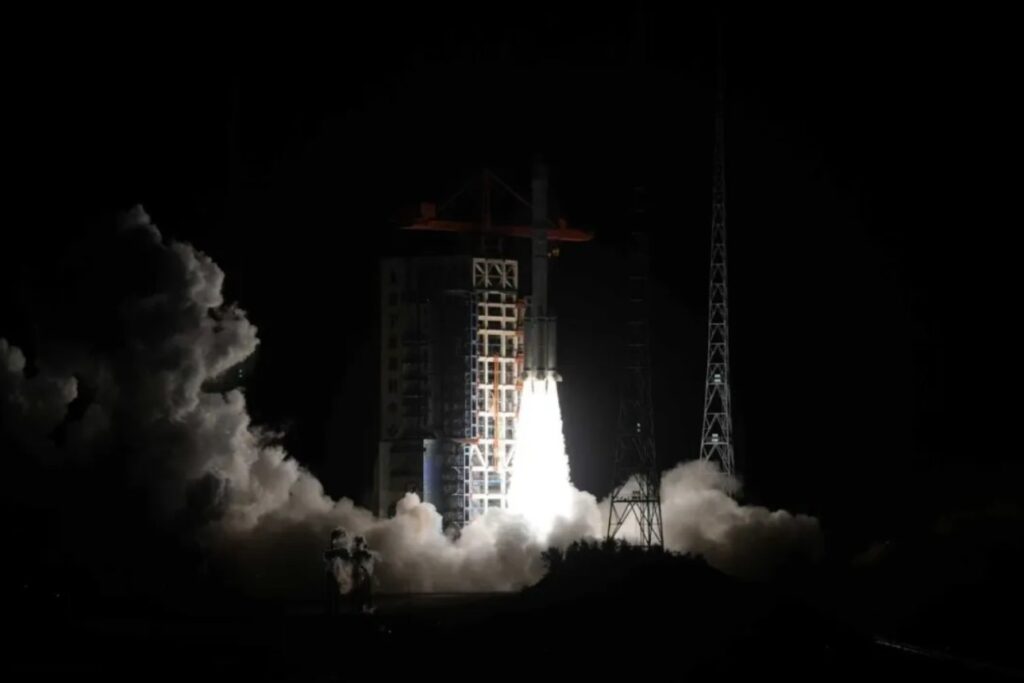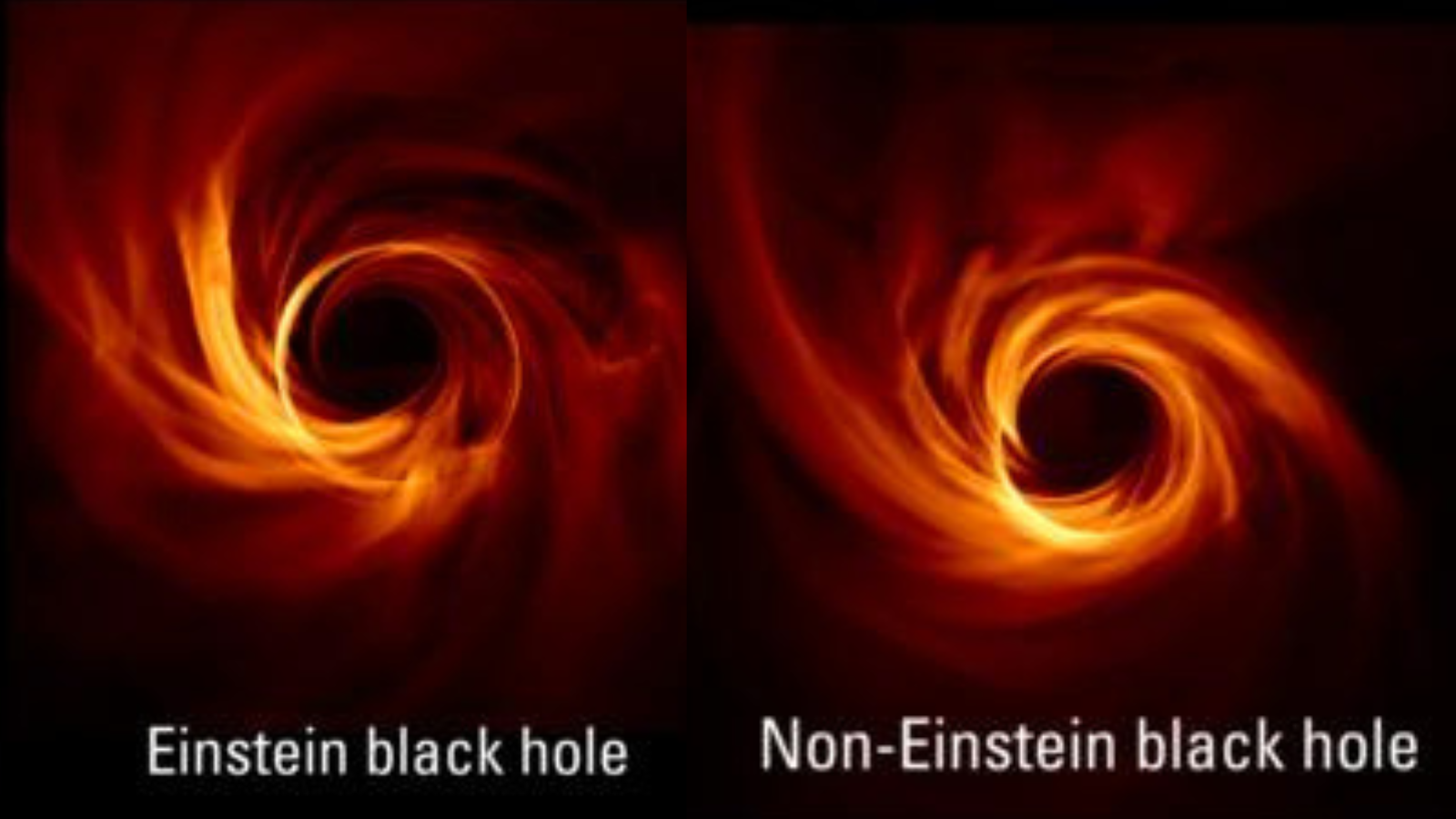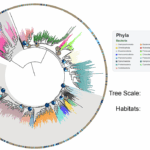Now Reading: Avoiding a harmful lunar ‘gold rush’
-
01
Avoiding a harmful lunar ‘gold rush’
Avoiding a harmful lunar ‘gold rush’


As shown by the recent SpaceNews editorials by Mustafa Bilal and Stirling Forbes, there is currently much talk of a coming lunar “gold rush,” with nations and companies seemingly in a mad scramble to access the moon for its alleged resources. But how realistic is this vision, and could the pursuit of it do more harm than good — both in space and on Earth?
We should start by considering what resources the moon might plausibly contain. My colleagues and I recently reviewed this topic from a geological perspective in an article published by the Mineralogical Society of America, and this work leads me to think that some of the “gold rush” talk is not only premature, but also potentially dangerous.
Don’t get me wrong — the moon undoubtedly harbours natural resources that will be useful for advancing the exploration of the moon itself (through in situ resource utilization, or ISRU) and possibly, in due course, building a cislunar economy. These include probable ice deposits at the lunar poles, and thus a relatively accessible source of water, hydrogen and oxygen, as well as common elements such as iron, aluminium, titanium and silicon. These are all useful materials, and I have long been an advocate for utilizing lunar resources such as these in the furtherance of space exploration. Indeed, in this sense, the moon and its resources could prove to be humanity’s gateway to the Solar System, and this is a vision well worth pursuing.
But is there anything on the moon that is so valuable that it could, in the near future, be mined on the moon and imported to Earth for a quick profit, thereby justifying a “gold rush?” I think the answer to this question must be “no.” The three substances mostly commonly discussed in a lunar mining context are the light isotope of helium (He-3), the so-called rare earth elements (REEs) and platinum group metals (PGMs) which are rare in the lunar crust but may be associated with the remains of metallic asteroids that have impacted the lunar surface (for example, see Dennis Wingo’s book “Moonrush”). Let’s briefly consider these in turn.
From studying samples returned by lunar missions, we know that He-3 (along with H, He-4, and other light elements) has been implanted into lunar soils by the solar wind over millions of years. He-3 is rare on Earth and commands a current market price of around $20 million per kilogram (about 150 times the price of gold). It has various niche uses, including in radiation detectors and, increasingly, as a coolant for quantum computers. In the longer term, it has been touted as a possible fuel for nuclear fusion reactors, but as the viability of these hasn’t been demonstrated, it seems at best premature to consider that to be a viable market. Given its scarcity on Earth, and its high market value, it is not unreasonable to consider the moon as a potential source for He-3, but there are several reasons to doubt that a lunar He-3 “gold rush” will bear fruit any time soon.
Firstly, He-3 is not as abundant in lunar soils as is sometimes implied. Its average concentration in soils returned by the Apollo missions is about four parts per billion by mass. Based on remote-sensing observations, there are locations (principally Mare Tranquillitatis and Oceanus Procellarum on the lunar nearside) where concentrations might be as high as 20 parts per billion. However, even at this higher (as yet unverified) concentration, one cubic meter of lunar regolith would yield only 0.033 grams of He-3, worth about $700 at current market prices. But the He-3 is not lying around just waiting to be collected. To extract this 0.033 grams, the cubic meter of regolith would need to be extracted and heated to several hundred degrees Celsius (possibly less if combined with rigorous mechanical agitation). The evolved gaseous He-3 would then need to be separated from the much more abundant solar wind-implanted H and He-4, concentrated in some way and loaded into a rocket (which will have its own fuel and other costs) to be transported to Earth. It’s possible that all this could be made economical if an industrial infrastructure is built up on the moon to sustain it, but it doesn’t look like the kind of quick buck that would drive a near-term gold rush. And in the meantime, higher concentrations of He-3 might yet be found on Earth.
Regarding the REEs, there are locations on the moon, principally in the region surrounding the Imbrium Basin on the north-west nearside, where REEs are thought to be concentrated. However, even in these regions, estimated REE concentrations are at least a factor of ten lower than the concentrations in typical REE ores mined on Earth. It is possible that future exploration will find higher concentrations, but at least to date there are no reasons to think that mining REEs on the moon for use on Earth will be economic. At least in the immediate future, it would seem more sensible to sort out the geopolitical and environmental issues that plague the extraction and supply of REEs on our own planet than to seek them on the moon. A similar argument applies to PGMs associated with the remains of metallic asteroids, should these be found on the moon. By the time surviving asteroids (if any) are located, the PGMs extracted and concentrated from their typically parts-per-million abundances and then transported to Earth, it’s not obvious that they could compete with terrestrial sources, at least for the immediate future.
In the more distant future, when and if an industrial infrastructure is established on the moon (which will itself be enabled by using lunar resources in situ), the economic balance may become more favorable for sourcing some lunar materials for use on Earth, perhaps including He-3, REEs and PGMs. My point here is that, because this won’t happen for several decades at least, there is no need for us (space advocates, companies or governments) to talk ourselves into a “gold rush” mindset. And I think there are at least three reasons why we would be wise to back away from this.
Firstly, there is a danger that a gold rush frenzy may result in an unsustainable speculative bubble which, if it collapses, might actually harm the prospects for future lunar exploration. The analogy isn’t exact, but just as the failure of the Viking missions to find life on Mars in the 1970s arguably set back Mars exploration for decades, it would be unfortunate if the failure to turn a quick profit on the moon had a similar negative effect on lunar exploration.
Secondly, there is a risk that an uncontrolled gold rush might harm sites of special scientific importance on the moon before these can be properly studied. As advocated at the UN Committee on the Peaceful Uses of Outer Space (COPUOS) by the Moon Village Association and other scientific organizations, there is a need to institute protections for such sites before large-scale commercial activities on the moon commence.
Thirdly, and more seriously, there is a danger that a gold rush mindset at the level of national governments may exacerbate geopolitical tensions on Earth. We might reflect that, while not its sole or even major cause, the European “scramble for Africa” in the late 19th century helped feed the competitive geopolitical posturing that eventually resulted in the First World War. It would be a tragedy if a “scramble for the moon” played a similar role in the 21st century, especially given that there really isn’t anything on the Moon worth fighting over. In this context, I think we should be guided by planetary scientist Bill Hartmann’s “Golden Rule of Space Exploration” (see his chapter in “Interstellar Migration and the Human Experience“): “Space exploration and development should be done in such a way as to reduce, not aggravate, tensions on Earth.”
Since, for the next several decades at least, there really isn’t any need for nations to compete for lunar resources, there is still a window of opportunity to develop a cooperative approach to space resource utilization rather than a competitive one which might, quite unnecessarily, ratchet up international tensions.
One possibility might be to strengthen international oversight of space resource activities through the United Nations. It is notable that COPUOS has already established a Working Group to consider space resource utilization. In the longer term, as recently argued by Marko Filijović and ShahrYar Sharei, we might imagine structural changes in the UN that would strengthen its ability to manage space resources on behalf of humanity as a whole (I have advanced similar arguments elsewhere). It is true that the wheels at the UN turn slowly, but my argument here is that we have time to allow the diplomats to do their work. We should encourage them to create an international framework for the governance of space resources, without getting distracted by the mirage of near-term lunar riches which are unlikely to materialize for many decades.
Ian Crawford is a professor of planetary science and astrobiology at Birkbeck College, University of London, UK.
SpaceNews is committed to publishing our community’s diverse perspectives. Whether you’re an academic, executive, engineer or even just a concerned citizen of the cosmos, send your arguments and viewpoints to opinion@spacenews.com to be considered for publication online or in our next magazine. The perspectives shared in these opinion articles are solely those of the authors.
Stay Informed With the Latest & Most Important News
Previous Post
Next Post
-
 012024 in Review: Highlights from NASA in Silicon Valley
012024 in Review: Highlights from NASA in Silicon Valley -
 02Panasonic Leica Summilux DG 15mm f/1.7 ASPH review
02Panasonic Leica Summilux DG 15mm f/1.7 ASPH review -
 03How New NASA, India Earth Satellite NISAR Will See Earth
03How New NASA, India Earth Satellite NISAR Will See Earth -
 04And Thus Begins A New Year For Life On Earth
04And Thus Begins A New Year For Life On Earth -
 05Astronomy Activation Ambassadors: A New Era
05Astronomy Activation Ambassadors: A New Era -
06SpaceX launch surge helps set new global launch record in 2024
-
 07Space Force plans new ‘Futures Command’ amid pressure to speed up modernization
07Space Force plans new ‘Futures Command’ amid pressure to speed up modernization




















